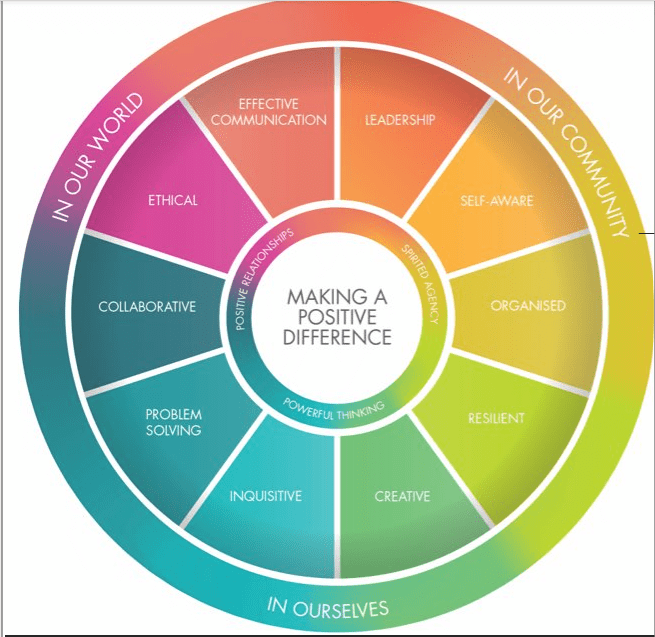Snorkelling

We began our snorkelling topic at the beginning of the second term of Muir. However, prior to this, in the first term, we went through different safety practices, as well as snorkelling skills. This included the SAFE SNORKEL acronym, and other systems as well. We also learned about the science behind snorkelling, as well as how breathing practices during a snorkelling dive will either succeed or fail. After this, we began snorkelling at Omeo shipwreck each Tuesday for a double period. In this, we would snorkel on a rough trail, see the shipwreck, and more. After our camp of snorkelling, our snorkelling topic had finished.

Camp
The one-night camp was at Rottnest. We had to plan for this, including packing, leaving no trace as well as a ‘welcome to country’ and more. The group left on Monday week 4, and arrive back at school Tuesday. At Rottnest, we were to do many different snorkelling trails, including Parakeet bay, The Basin and many more. I did not attend camp due to sickness, however, I was involved in the different planning sections which were required.

Leave No Trace
Through all topics, we did throughout Outdoor Ed. – Muir, we had to ensure that we followed certain practices to protect the environment around us. Leaving no trace is the perfect example of this, and it allows us to complete all activities, whilst being friendly to the surrounding ecosystems. An example of leaving no trace was orienteering in certain locations. We had to ensure we stayed within all boundaries and did not harm any wildlife we came across. Another example was in our snorkelling unit, where we had to not touch any coral, or damage any of the wildlife whilst snorkelling. In all scenarios whilst in nature, leaving no trace is perfect in order to sustain the environment and ecosystems in a positive manner.
Orienteering
Throughout the first term of outdoor ed., we focused on orienteering. We began learning the skills of orienteering, and learning how to complete courses and more. We did this for approx. four weeks at the beginning of the first term. After orienteering courses around the college, we did courses and Piney Lakes Reserve and Jorgensen National Park in Kalamunda. Plans were also made to orienteer and Manning Park, however weather conditions restricted this. Participating in orienteering provided us with skills commonly used, such as reading a map, compass, and bearings, and understanding the skills for orienteering in general. We also learned how to complete competitive orienteering courses in locations unknown prior to completion.
Archery
Throughout the first term of Muir, we began our archery project. We then did archery for six more weeks, increasing the distance each time, and doing other activities such as clout shooting (where you shoot at a target on the ground, a long distance away). Throughout the topic, we had to focus on different elements of archery including technique, grouping, and many more practices in order to improve our skill. Archery over the course of the topic focused on our skills, as well as safety practices and more. Overall, archery within Muir was extremely fun and provided us with the necessary techniques for the future.
Capabilities

The ASC Capabilities is a useful system in order to perform well and in a positive manner in all scenarios you come across. Throughout the semester in Muir, we had to use these in order to succeed in different activities. During our orienteering topic, we required effective communication, especially whilst doing competitive courses around and outside of the college. Effective communication allowed us to continue through the course easily, and perform to the best of our ability. Within snorkelling, we needed to be resilient. Resilience in snorkelling meant that after snorkelling for a while, we had to be resilient to the cold and be tired to snorkel for the entirety of the possible time and experience the opportunity to the fullest. A capability required in archery was being self-aware. We were required to be self-aware, in different safety practices, as well as being aware of ourselves, our areas to improve, as well as being aware of others.